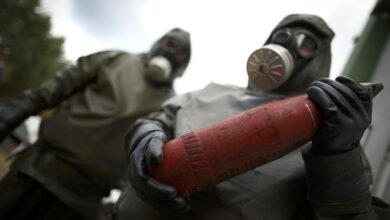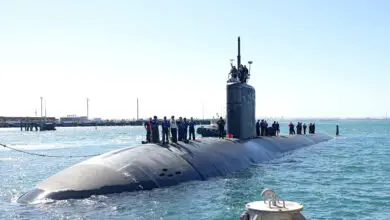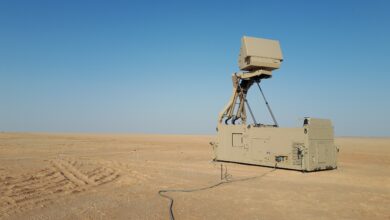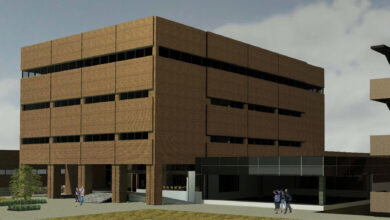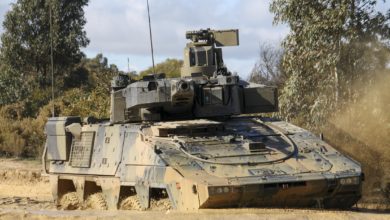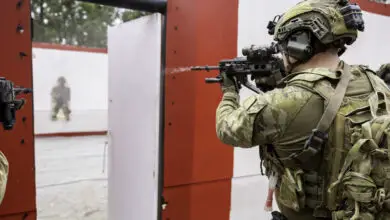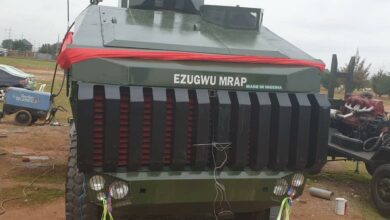Australian Defence Force Unveils Hazardous Environment Research Center
Australia has launched a research center to support warfighters operating in chemical, biological, radiological, and nuclear environments.
Established at the University of Melbourne, the Center for Advanced Defence Research and Enterprise (CADRE-OCE) will focus on next-generation technologies and concepts to ensure the Australian Defence Force’s safety during hazardous missions.
The center comprises institutes and industry organizations that will produce and demonstrate solutions applicable to military personnel, first responders, and civilians.
It will receive 4.25 million Australian dollars ($2.8 million) in funding over the next five years.

“CADRE-OCE is bringing together some of the best and brightest minds in academia and industry so we can protect our warfighters in Chemical, Biological, Radiological and Nuclear threat environments,” CADRE-OCE Chief Defence Scientist Prof. Tanya Monro explained.
“Not only are we investing in new ideas, but we are building the STEM talent pipeline and deepening sovereign skills by investing in our future researchers and innovators.”
Leveraging Innovation Life Cycle
The University of Melbourne will lead CADRE-OCE in collaboration with the Queensland University of Technology, the University of Adelaide, and the University of New South Wales.
Eight other universities and 34 industry partners from various sectors will be involved in the project.
Future anti-hazard solutions will be produced through individual and cross-functional team efforts.
“We will join together key elements of the innovation life cycle, from laboratory experiments, to prototypes, to productisation and finally translating to Defence end-user capability,” CADRE-OCE Director Prof. Jia-Yee Lee said.


